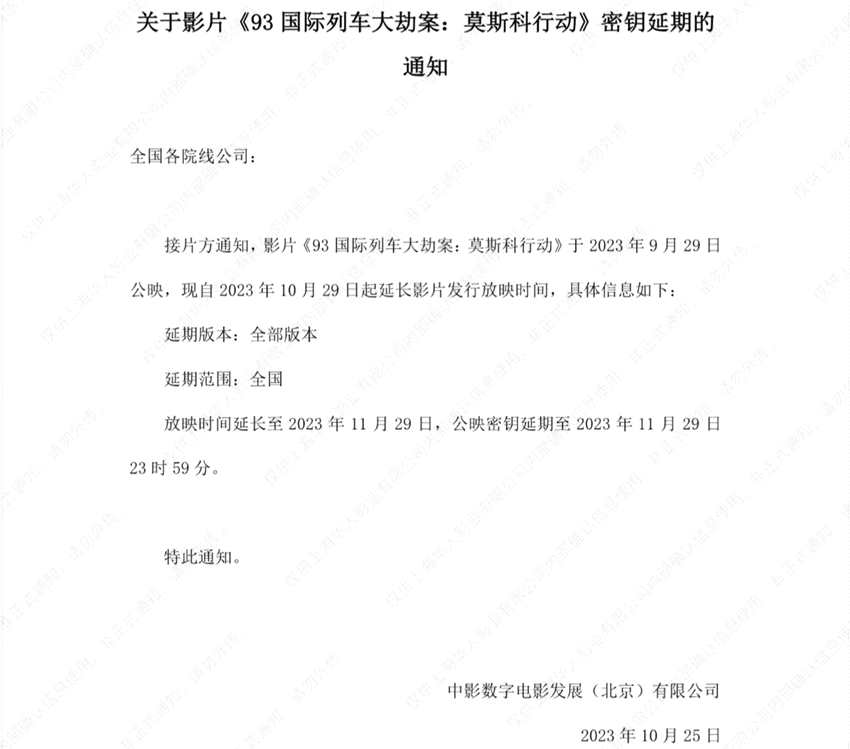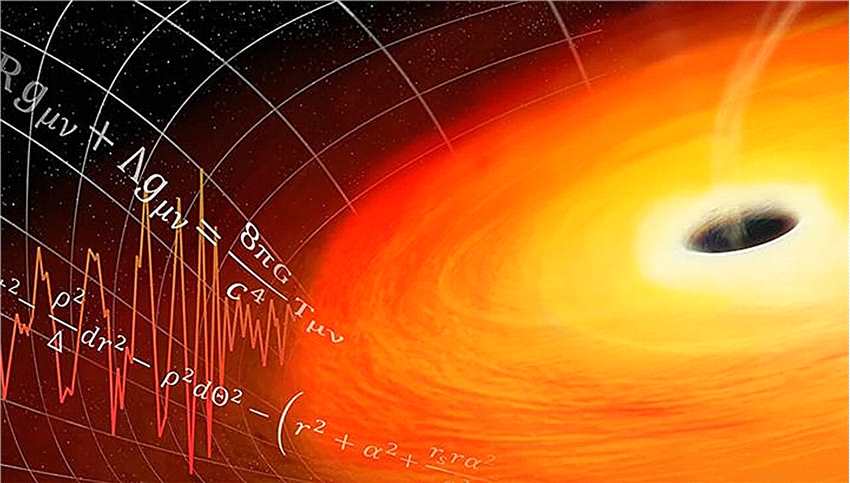Malaysia: March trade surplus widens–beware the commodityprice plunge in 2Q15
摘要: Malaysia’sMarchtradesurpluswidenedtoUS$2.1billionfromUS$1.3bninFebruary.Seasonallyadjusted,exportsex
Malaysia’s March trade surplus widened to US$2.1 billion from US$1.3bn in February. Seasonally adjusted,exports expanded 6.7%m/m, sa while imports were down 2.9%m/m, sa due to a drop in consumption andintermediate goods imports. This left the seasonally adjusted balance at US$2.1 billion from US$0.6 bn, sa inFebruary (first and second charts).
Exports led widening in trade surplus, trend narrowing intact to continue into 2Q15 - Compositionally, themain source of the US$1.6 billion, sa widening in the trade surplus owed to the rise in exports, which was upUS$1.1 billion, sa from February while imports fell US$0.4 billion from February. The rise in exports owed in part toslightly firmer tech exports with the bulk driven by strong non-tech exports, especially chemicals and crude palmoil. However, the March rise in exports is likely due to payback from the weakness in February.
More broadly, overall, exports have contracted quite materially in 1Q15; on a trend sequential basis, electronicsexports fell 17.8%3m/3m, saar while non-electronics contracted an even larger 35.5%3m/3m, saar and there islittle evidence from the April regional PMI’s that exports are turning the corner (third chart)Impact of oil prices on LNG to be reflected in 2Q15 trade data – Looking into 2Q15, natural gas export pricesare expected to decline materially while crude palm oil prices continue to remain at 5-year lows. Thus, the outlookfor commodity exports remains weak and this is expected to further narrow the overall commodity balance, whichhas been a key driver of the trade surplus in Malaysia (fourth and fifth charts and see “Malaysia Data Watch 0417,”GDW, April 17, 2015).
The risk in 2Q15 is that the commodity price drop could materially narrow the overall trade balance and thus thecurrent account.
Slowing growth opens rooms for policy flex in 3Q15 - Given the softness in external demand, amid a lacklusternear-term outlook, the risk is that growth faces downside risk relative to the JPMorgan forecast of 4.7%oya growththis year. Aside from the slowdown in consumption, one of the key risks is the knock-on impact from the slowing inoil and gas prices on both the upstream and downstream segments of the industry. Moreover, BNM’s assessmentaround the risks to growth will be key in influencing their reaction function.
If JPMorgan’s assessment of rising downside risks to growth is correct, this opens the door for easing in 3Q15,either at the July or September MPC. Thus, the tone from today’s MPC will be key.
15,2.1,billionfromUS,billion,17














